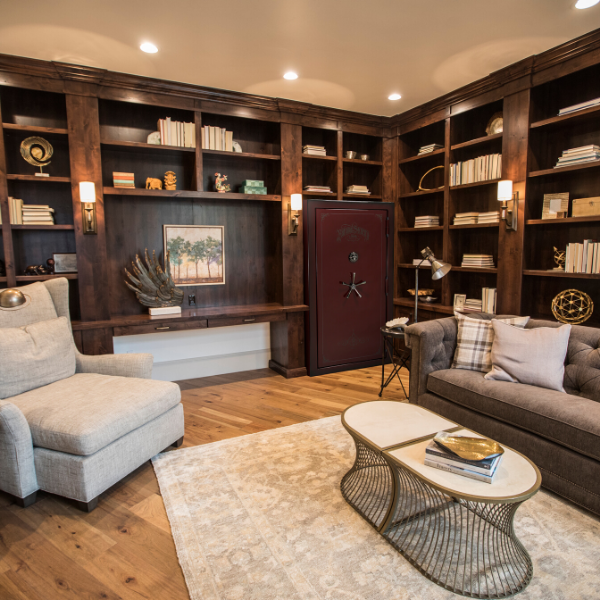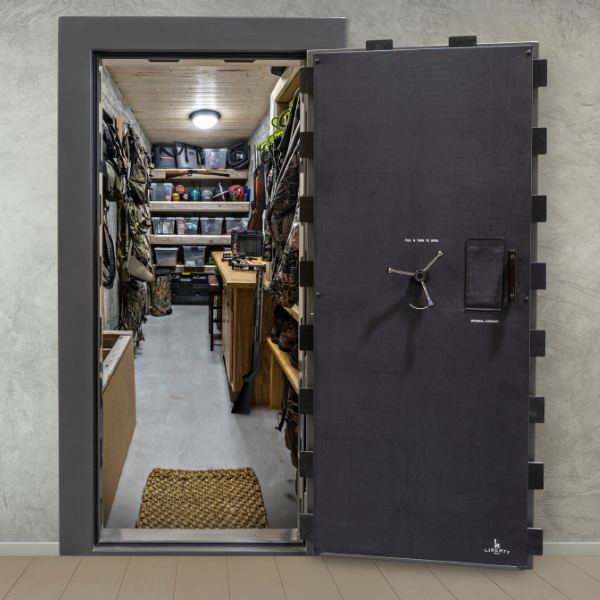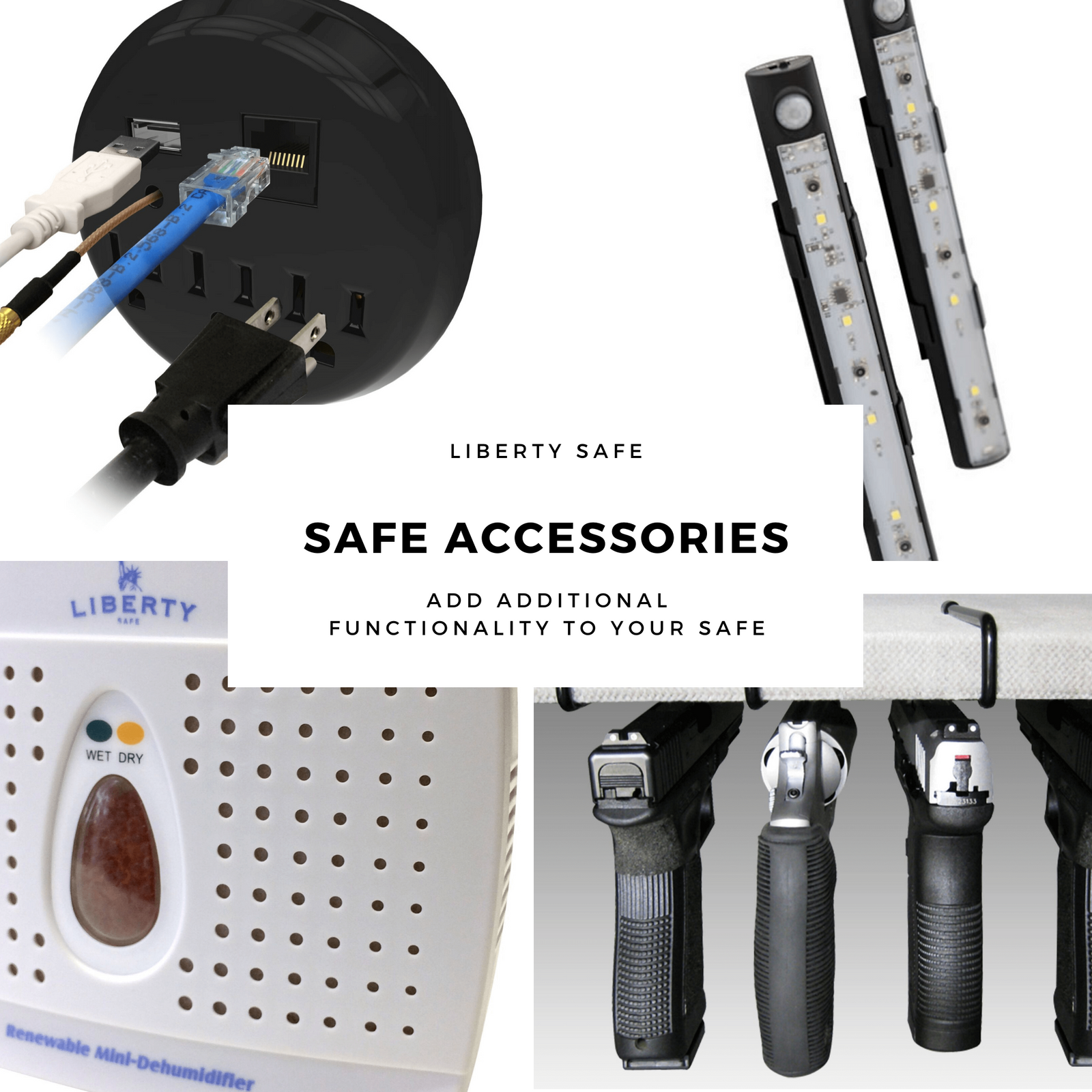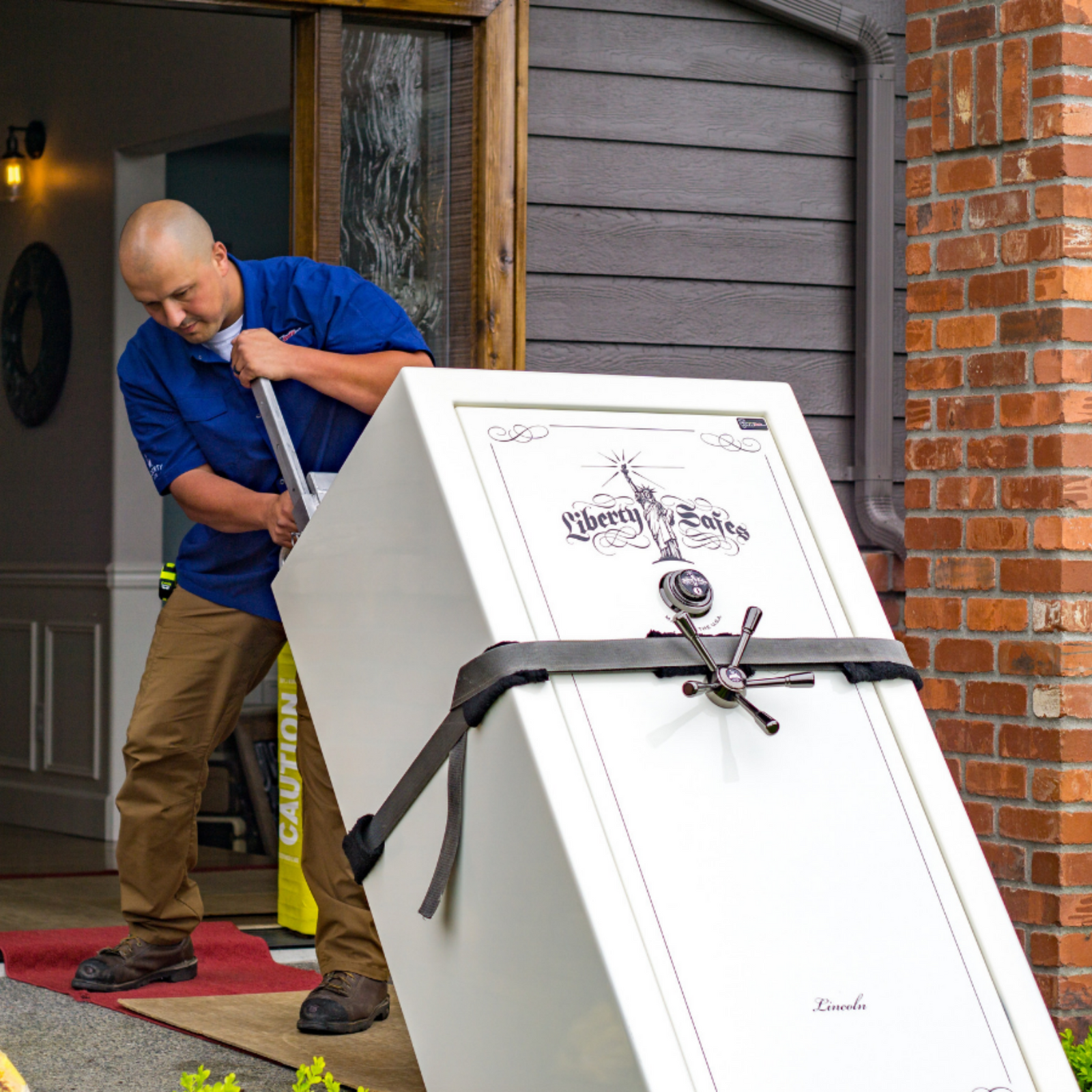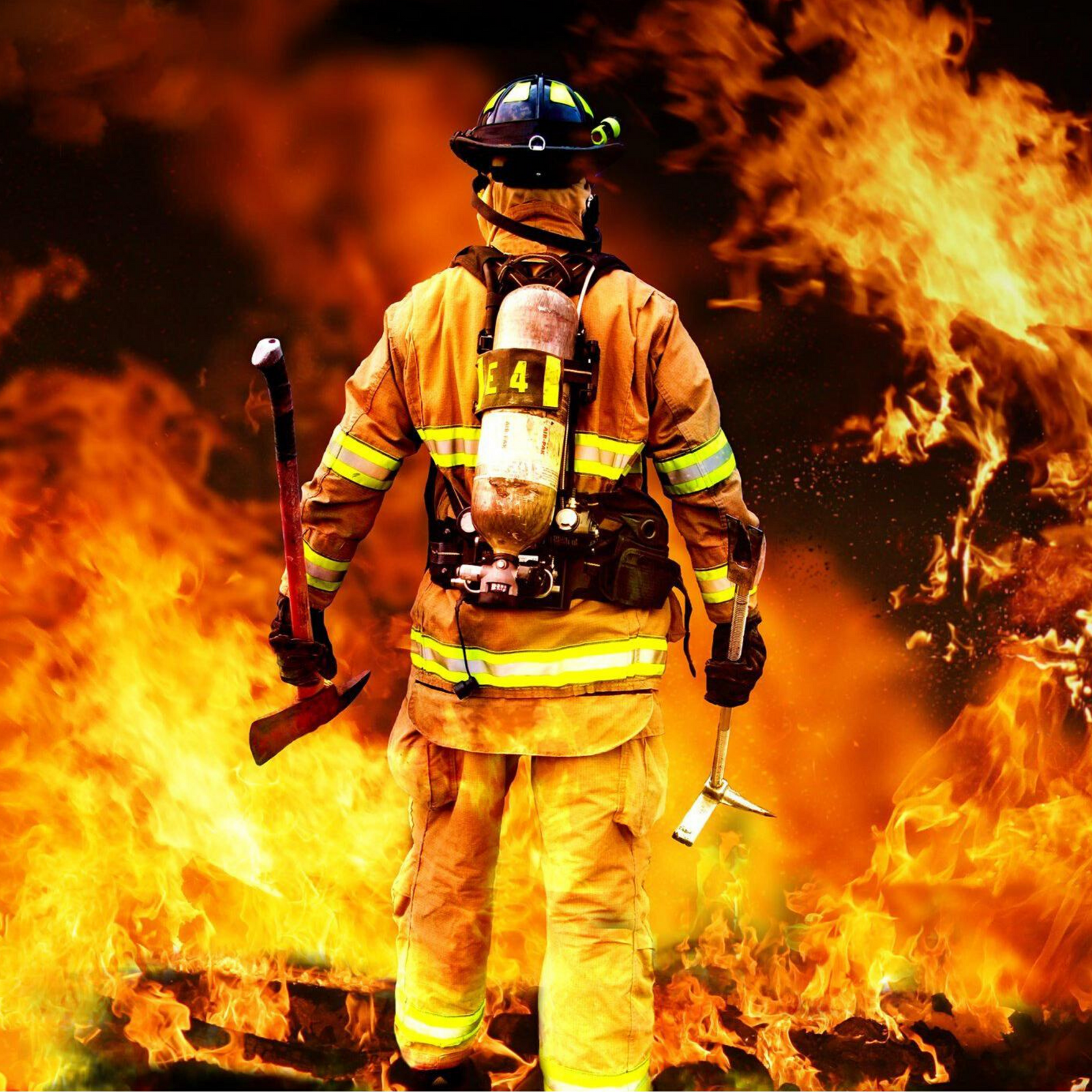All of Liberty’s full-sized gun safes feature unibody construction for superior security and fire protection. We use coils of hot rolled carbon steel that is suited to the punching, cutting and folding processes that are used to form our safe bodies. But what makes this gun safe steel extra special is that it goes through pickling and oiling processes. While this prepares the metal for our manufacturing processes and protects it from damage from rust and corrosion, pickling and oil provides other benefits, including helping strengthen the gun safe steel.
Preparation for Pickling
During the heating and coiling process, a layer of surface impurities, such as carbon scale and rust can form on steel as it cools off. The pickling process is a chemical process that removes these impurities which could jeopardize the physical integrity of the steel and cause it to rust or corrode in the future.
Before the steel can be pickled, its surface must first be cleaned to remove any surface dirt or oils. This is done by spreading the steel out on a rack to allow the entire surface to be cleaned. The rack is placed in a tank filled with a high alkaline cleaner made from sodium hydroxide. The steel is then completely rinsed to remove all traces of the cleaner. This also reduces the pH level of the surface before the pickling process starts.
Pickling Process
Once the steel has been rinsed, it is submersed in a tank of hydrochloric acid solution, an extremely strong and highly acidic cleaner. For pickling carbon steel, the solution will usually have an 18 percent concentration of hydrochloric acid. You may be familiar with this chemical compound; it is used to clean stone and other environments needing intense scrubbing, both home and industrial.
The steel remains in the hydrochloric acid solution until all carbon scale, rust and corrosion is removed from its surface. The steel is rinsed to remove the hydrochloric then placed into alkaline cleaner to neutralize any hydrochloric acid that might still be on the steel’s surface.
Final Step – The Oiling Process
As a final step, the gun safe steel is placed into a tank containing oil. This is to prevent flash rust from forming on the steel’s now-pickled surface as it awaits further fabrication. Because oil naturally repels water, it prevents water from reaching the surface of the steel. This prevents the chemical process of oxidation that causes rust. Painting over the oiled surface helps protect the steel from the threat of future rust damage.
Liberty always goes the extra mile to build the highest quality gun safes in the industry.
